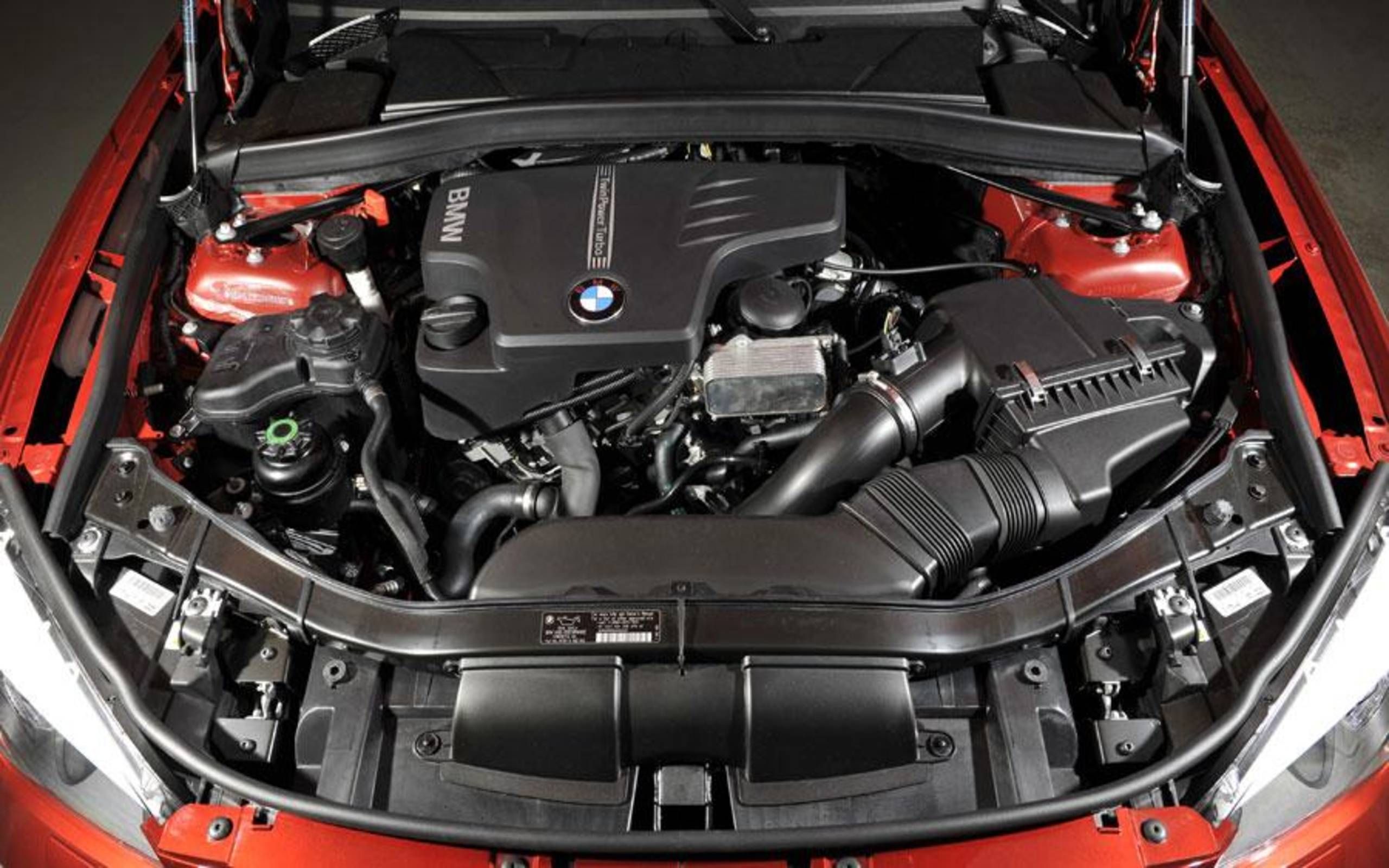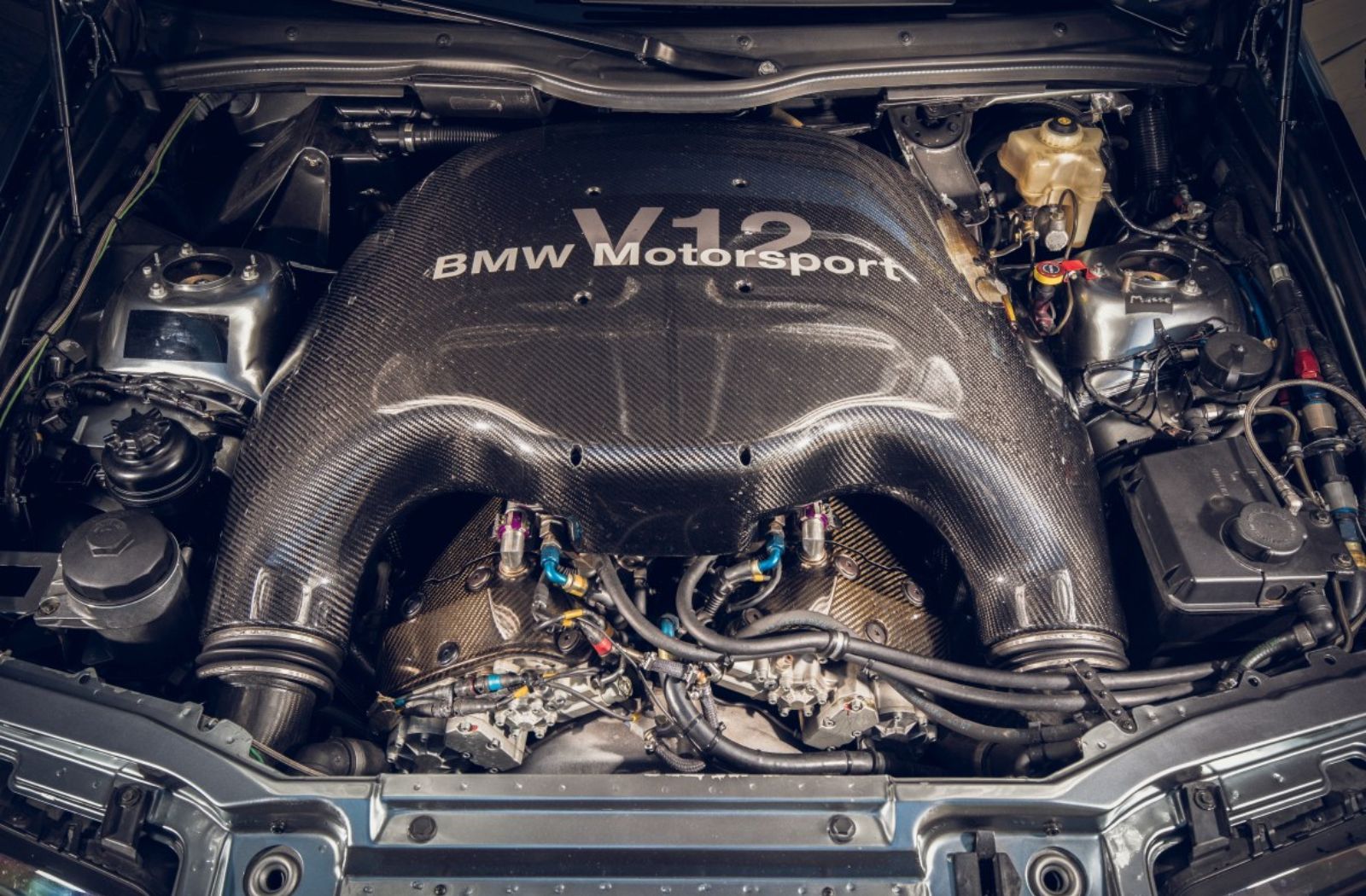Usual Problems Encountered by BMW Engine Owners and Exactly How to Solve Them
Usual Problems Encountered by BMW Engine Owners and Exactly How to Solve Them
Blog Article
Discovering the Advancement of Burning Engines in Modern Transportation Systems
As we navigate the landscape of modern transportation, the evolution of burning engines stands as a testimony to human ingenuity and design expertise. The interplay of background, innovation, and environmental issues in forming the trajectory of combustion engines produces a narrative that is both informative and compelling.
Early Beginnings of Combustion Engines
Exactly how did the principle of combustion engines very first emerge in the very early stages of transport advancement? When the concepts of internal combustion were very first explored, the origins of burning engines can be mapped back to the 17th century. In 1673, Christian Huygens conceived a standard interior burning engine that made use of gunpowder to produce power. It had not been until the late 19th century that practical applications of burning engines in transport started to arise.
The advancement moment included the innovation of the very first successful gasoline-powered engine by Karl Benz in 1885 - bmw engine. This engine led the way for the growth of the modern auto, transforming transport systems worldwide. Succeeding advancements by Nikolaus Otto and Gottlieb Daimler further refined combustion engine modern technology, causing the automation of autos and the fast growth of the transport market
These early combustion engines were defined by their simplicity and effectiveness, laying the structure for the complex and effective engines used in modern-day transportation systems. The advancement of combustion engines has actually contributed fit the means we travel and move goods, noting a substantial milestone in the history of transport development.
Change to Internal Burning Innovation
The transition to internal burning technology noted an essential change in the evolution of transportation systems. This shift began in the late 19th century, with developers like Nikolaus Otto and Gottlieb Daimler developing the initial successful interior combustion engines. These engines reinvented transportation by providing an extra reliable and powerful alternative to vapor engines and electrical motors.
Among the vital advantages of interior burning engines was their ability to be scaled down to match vehicles, causing the growth of automobiles and motorbikes. This shift from large, stationary engines to portable, mobile ones led the way for the modern-day transport systems we see today.
The transition to internal burning modern technology likewise spurred improvements in fuel modern technology, resulting in the advancement of fuel and diesel as key gas sources for lorries. This change not only made transportation extra available to the masses but likewise laid the foundation for the oil and gas market to become essential to global economic climates.
Impact of Combustion Engines on Transportation
The adoption of burning engines in transportation systems catalyzed an extensive shift in the performance and speed of global movement. Combustion engines transformed transportation by giving a reputable and flexible source of power for numerous vehicles, including vehicles, ships, aircrafts, and trucks. This innovation dramatically enhanced the capability for people and items to move over fars away in much shorter timespan, causing enhanced connection in between areas and countries.
In addition, the extensive use combustion engines has actually had a significant effect on financial growth. The capacity to transfer goods successfully has stimulated trade and business, allowing businesses to expand their markets and reach consumers worldwide. This has promoted financial growth and globalization, as products can now be carried quicker and in bigger amounts than in the past.
Nonetheless, the environmental impact of burning engines can not be overlooked. The burning of fossil fuels has brought about air pollution and greenhouse gas exhausts, contributing to environment adjustment and positioning health threats to populaces. bmw engine. As a result, there is a growing focus on creating alternate propulsion technologies my latest blog post to alleviate these negative results and produce a much more sustainable future for transportation
Developments in Combustion Engine Design
Countless innovations in combustion engine design have actually pushed the evolution of transport systems over the decades. One remarkable advancement is the advancement of turbocharged engines, which use exhaust gases to drive a generator that presses inbound air, enabling even more gas to be burned, causing raised power outcome without a substantial rise in engine dimension. Furthermore, direct shot technology has actually improved fuel efficiency and performance by precisely managing the amount and timing of fuel infused right into the combustion chamber. Variable valve timing systems have likewise transformed engine layout by enhancing air movement at different engine speeds, improving both power and performance. One more substantial development is the assimilation of lightweight materials such as carbon fiber and light weight aluminum alloys, lowering overall engine weight and enhancing lorry gas economy. Developments in computer-aided design have made it possible for designers to enhance engine performance and performance with simulations before physical prototypes are constructed, saving time and sources in the development procedure. These developments collectively add to the constant renovation of combustion engines in contemporary transportation systems.
Future Trends in Combustion Engine Development
With technology developments driving constant technology, the future of burning engine growth is poised to reinvent transportation systems around the world. Among the crucial patterns in burning engine advancement is the push in the direction of greater performance and reduced emissions. Producers are spending heavily in research study and development to enhance engine efficiency while fulfilling rigid ecological laws. This consists of the integration of innovative fuel injection systems, improved turbocharging approaches, and using light-weight materials to optimize fuel consumption and minimize carbon emissions.
An additional popular pattern is the fostering of hybrid innovations in burning engines. Crossbreed engines integrate traditional combustion innovation with electrical power, offering enhanced gas performance and lower discharges. As the vehicle sector shifts towards electrification, hybrid burning engines are viewed as a transitional remedy that bridges the space between traditional lorries and fully electric ones.
Furthermore, the combination of clever modern technologies, such as artificial intelligence and data analytics, is expected to play a considerable duty in the future of burning engine growth. These modern technologies can maximize engine efficiency in real-time, leading to more efficient combustion procedures and boosted total lorry efficiency. Welcoming these future fads will certainly not just drive advancement in burning engine advancement however also contribute to a more sustainable and environmentally pleasant transportation community.

Verdict
In final thought, the development of combustion engines in contemporary transport systems has actually been noted by considerable improvements in modern technology and layout. From the very early starts of burning engines to the shift to inner combustion innovation, these website here engines have had weblink a profound influence on transportation. Developments in combustion engine design remain to drive progression in this area, with future fads concentrating on additional enhancing effectiveness and decreasing emissions. The future of combustion engines in transport looks encouraging as r & d efforts remain to press borders.
The roots of burning engines can be mapped back to the 17th century when the principles of inner combustion were first discovered. These engines reinvented transportation by supplying a much more powerful and effective option to vapor engines and electrical motors.

Report this page